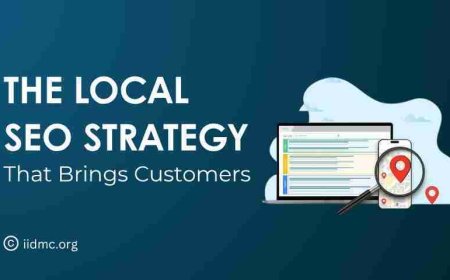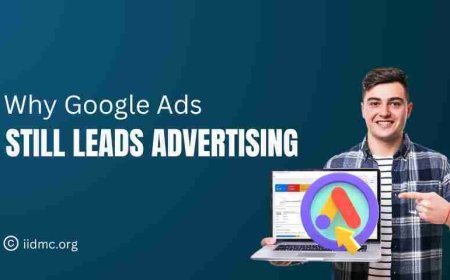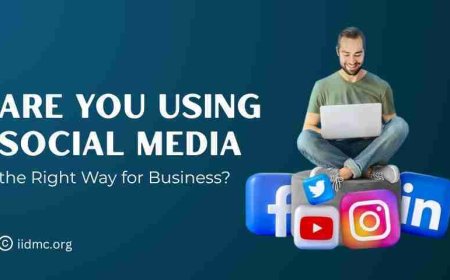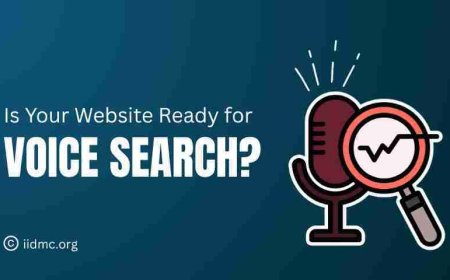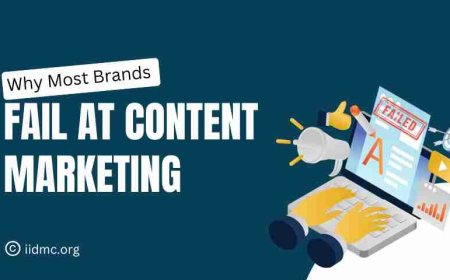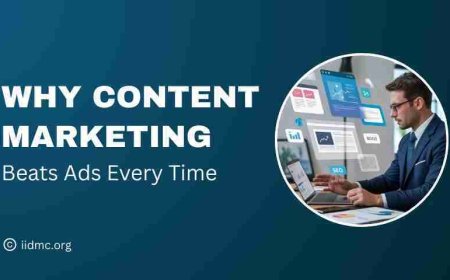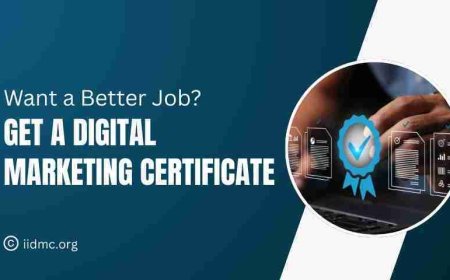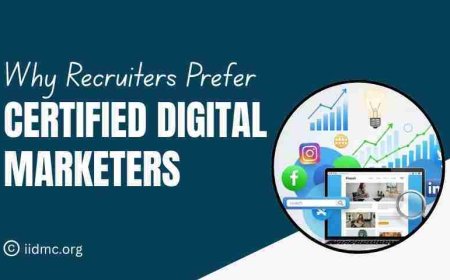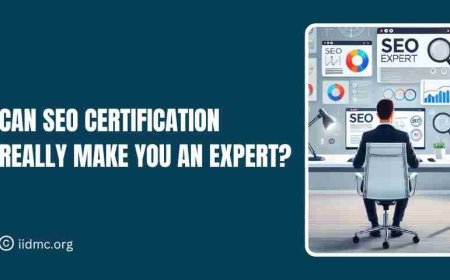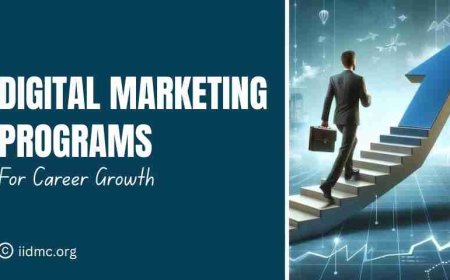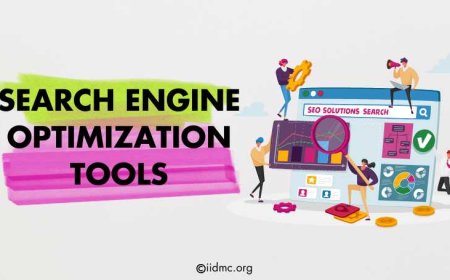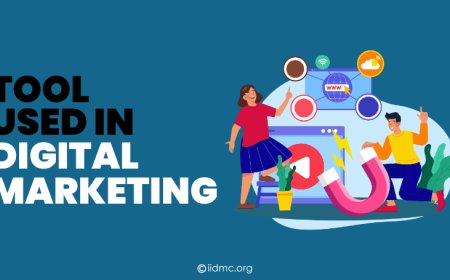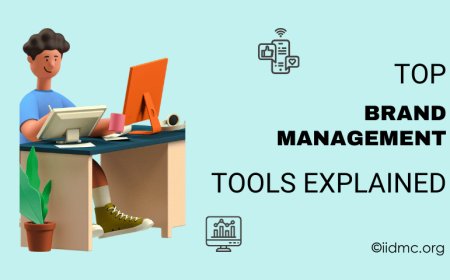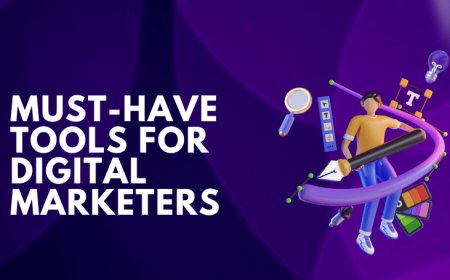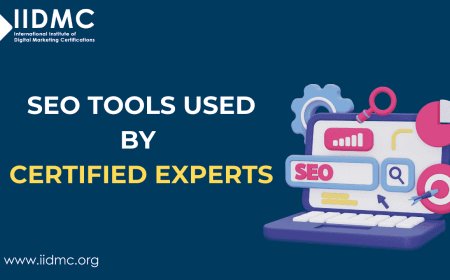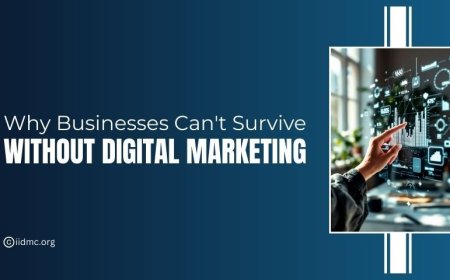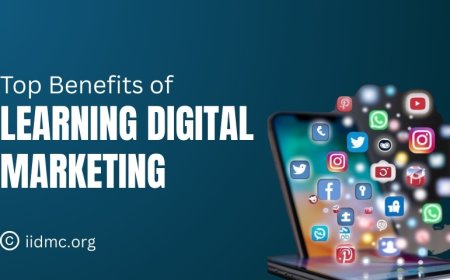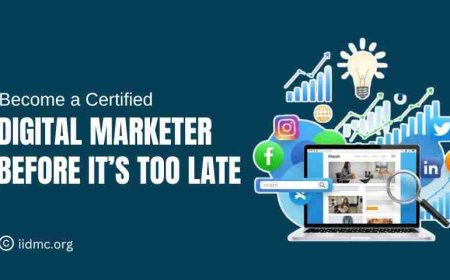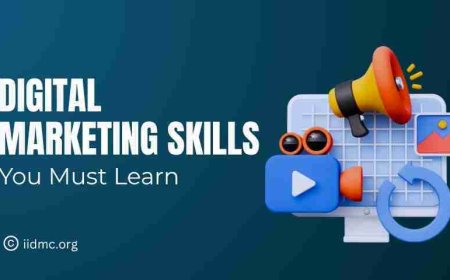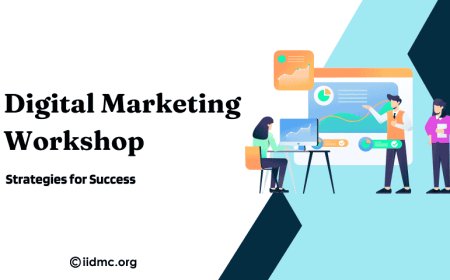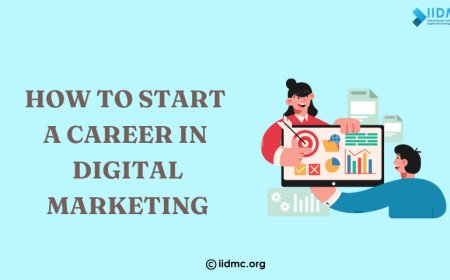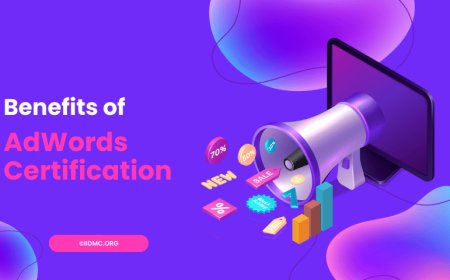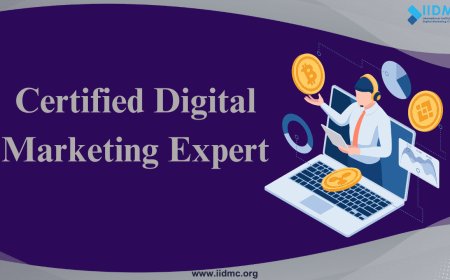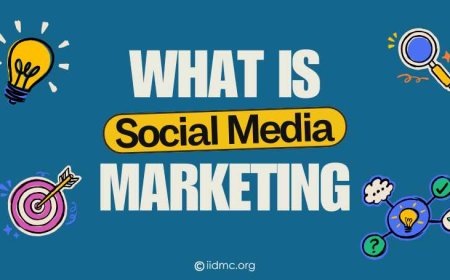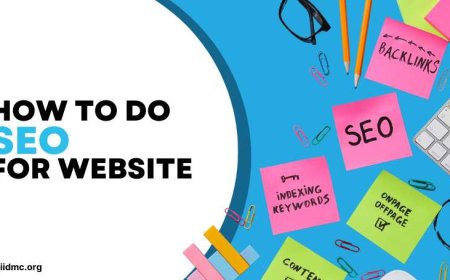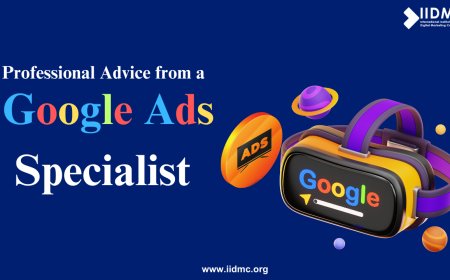What is On-Page SEO?
Learn what on-page SEO is and how to optimize your website content, titles, URLs, and more to rank higher in Google and improve organic traffic.
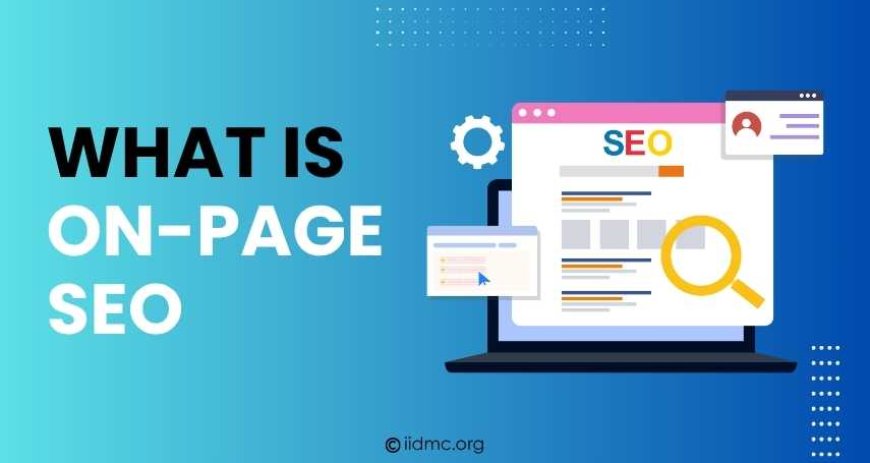
Every time I use Google, whether I'm looking for a quick recipe or researching a service, I notice that certain websites consistently appear on the top page. This isn't random; I found out after years of working in digital marketing and website optimization. It is the result of successful SEO.
This serves as the foundation that enables search engines to understand your content and align it with user queries. I'm using my personal experience to show what it is, why it matters, and how you can use it to improve the performance of your own website.
What is On-Page SEO?
Optimizing the content and structure of a webpage to improve its ranking in search engines like Google is known as on-page SEO or on-site SEO. It covers aspects of your website that you can control, like:
-
Content quality
-
Headings
-
Keywords
-
Meta tags
-
URLs
-
Internal links
-
Image optimization
Unlike off-page SEO (which includes things like backlinks and social media mentions), it is about making your website more understandable and valuable to both search engines and human visitors.
Why is On-Page SEO Important?
You could have the best content in the world, but if it’s not optimized, people might never find it. Here are some reasons why it matters:
-
Helps search engines understand your content.
-
Improves user experience.
-
Increases organic traffic.
-
Boosts page rankings.
-
Drives qualified leads to your business.
Good on-page SEO tells search engines what your content is about and why it deserves a top spot in the results.
Key Elements of On-Page SEO
Let’s look at the most important parts of this you should focus on.
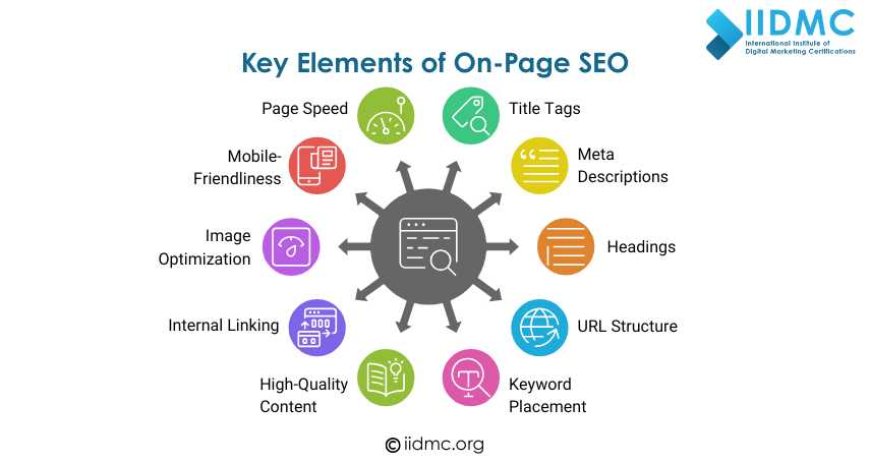
1. Title Tags
The title tag is the clickable headline that appears in search results. It tells both users and search engines what your page is about.
Tips:
-
Keep it under 60 characters.
-
Include your main keyword.
-
Make it interesting so people want to click.
2. Meta Descriptions
The meta description is the short paragraph that shows up under the title in search results. While it doesn’t directly impact rankings, it influences whether people click on your page.
Tips:
-
Use 150-160 characters.
-
Include keywords naturally.
-
Describe what the reader will gain.
3. Headings (H1, H2, H3, etc.)
Headings break your content into sections. They help readers scan your content and help search engines understand the structure.
Tips:
-
Use only one H1 tag per page.
-
Use H2s and H3s for subheadings.
-
Include keywords where it makes sense.
4. URL Structure
A clean and simple URL is better for both users and search engines.
Tips:
-
Keep URLs short
-
Include keywords
-
Use hyphens to separate words
Example: yourwebsite.com/on-page-seo-tips
5. Keyword Placement
Keywords are the terms people type into search engines. Placing them strategically helps your content get found.
Tips:
-
Use keywords in the title, headings, and first 100 words.
-
Don’t overuse them (avoid keyword stuffing).
-
Use variations and related terms.
6. High-Quality Content
Content is the most important part of this. Search engines love content that is useful, original, and relevant.
Tips:
-
Write for your audience, not for search engines.
-
Cover the topic in depth.
-
Use clear and simple language.
-
Update content regularly.
7. Internal Linking
Internal links are links from one page on your website to another. They help users navigate your site and help search engines discover more of your content.
Tips:
-
Link to related blog posts or pages
-
Use descriptive anchor text
8. Image Optimization
Images make your content more engaging, but they also need to be optimized for SEO.
Tips:
-
Use descriptive file names
-
Add alt text (describes what the image is about)
-
Compress images to reduce page load time
9. Mobile-Friendliness
More people use smartphones than desktops to browse the internet. Google uses mobile-friendliness as a ranking factor.
Tips:
-
Use a responsive design
-
Make sure text is readable on small screens
-
Avoid pop-ups that block content
10. Page Speed
Page speed affects user experience and rankings. A slow site can lead visitors to leave quickly.
Tips:
-
Compress images
-
Use browser caching
-
Reduce unnecessary code and scripts
How to Do On-Page SEO Step by Step
Here is a simple step-by-step guide to doing this:
1. Start with keyword research
Find out what your target audience is searching for
2. Write a quality blog post or page
Make it helpful and relevant
3. Use keywords naturally
In the title, headings, and content
4. Add a compelling meta description
Encourage clicks from search results
5. Use clear headings to structure your content
6. Optimize your images
Use alt text and reduce file sizes
7. Link to other pages on your website
8. Check mobile-friendliness and page speed
9. Review everything before publishing
10. Update the page regularly
Keep content fresh and useful
Common On-Page SEO Mistakes to Avoid
-
Keyword stuffing (using keywords too many times)
-
Duplicate content
-
Missing meta tags
-
Slow page loading
-
Not optimizing for mobile
-
Ignoring image alt text
These mistakes can hurt your rankings, so always double-check your pages before publishing.
Tools That Can Help With On-Page SEO
Here are some free and paid tools that can make it easier:
-
Yoast SEO (for WordPress users)
-
Google PageSpeed Insights
-
Screaming Frog SEO Spider
-
SEMrush
-
Ahrefs
-
Ubersuggest
These tools help you audit your site, find issues, and improve your content for better rankings.
One of the most important things you can do to increase search engine traffic is to optimize your website for search engines. What's the best? You are in total control of it.
Your chances of ranking better can be significantly increased by concentrating on producing high-quality content, applying keywords wisely, streamlining your structure, and providing consumers with a positive experience.
Don't forget that SEO is a continuous process. Time and frequent updates are required. However, if you put in constant effort, your efforts will be rewarded.
